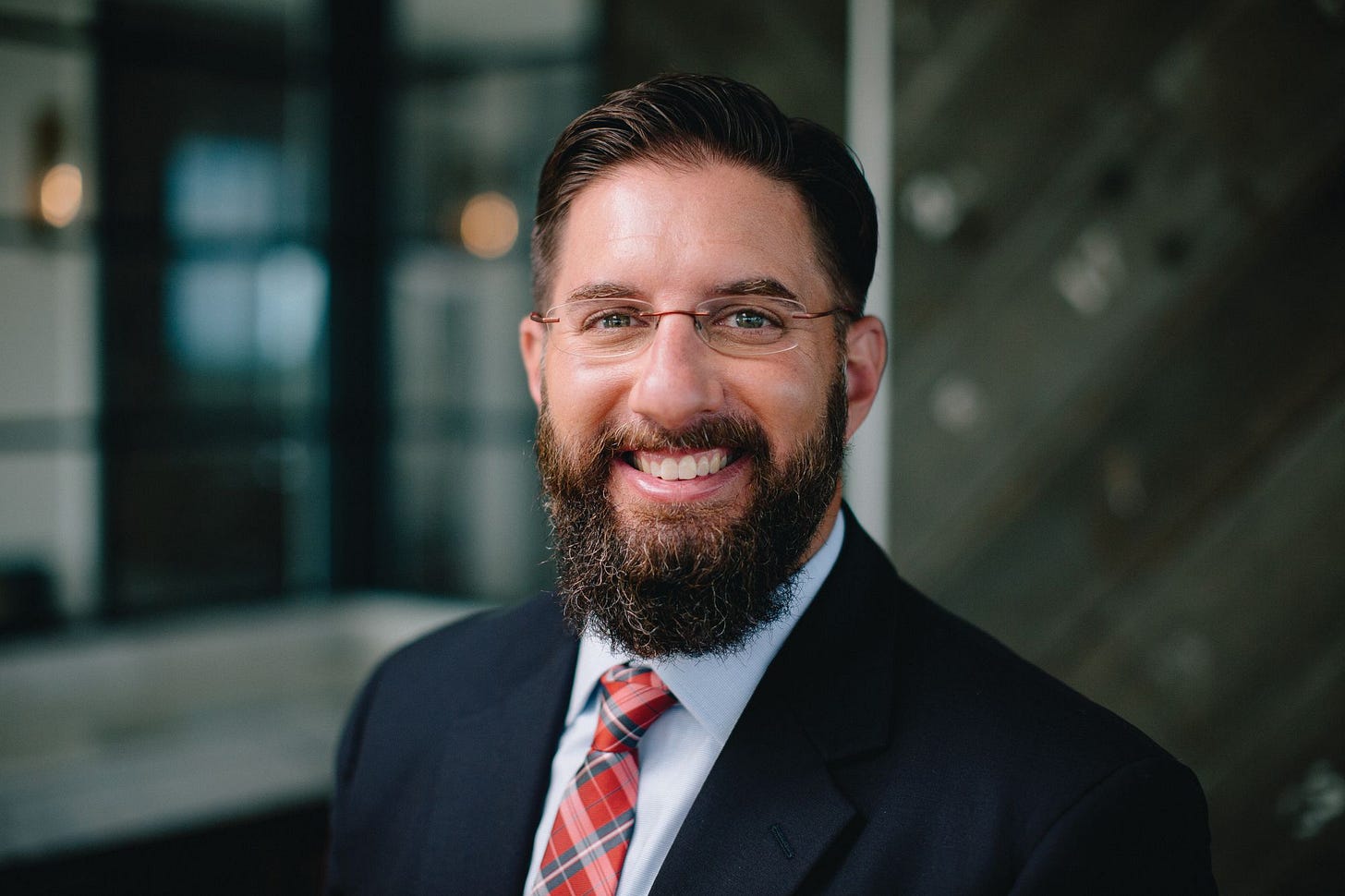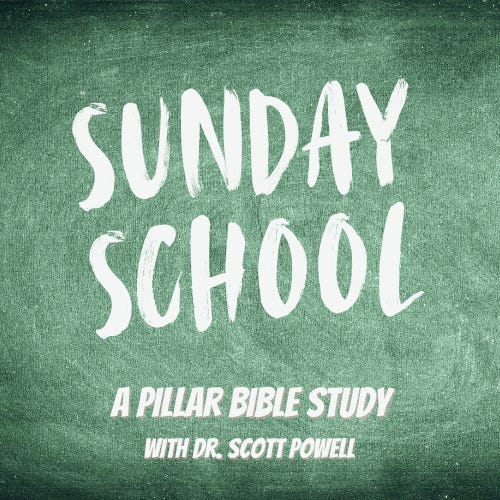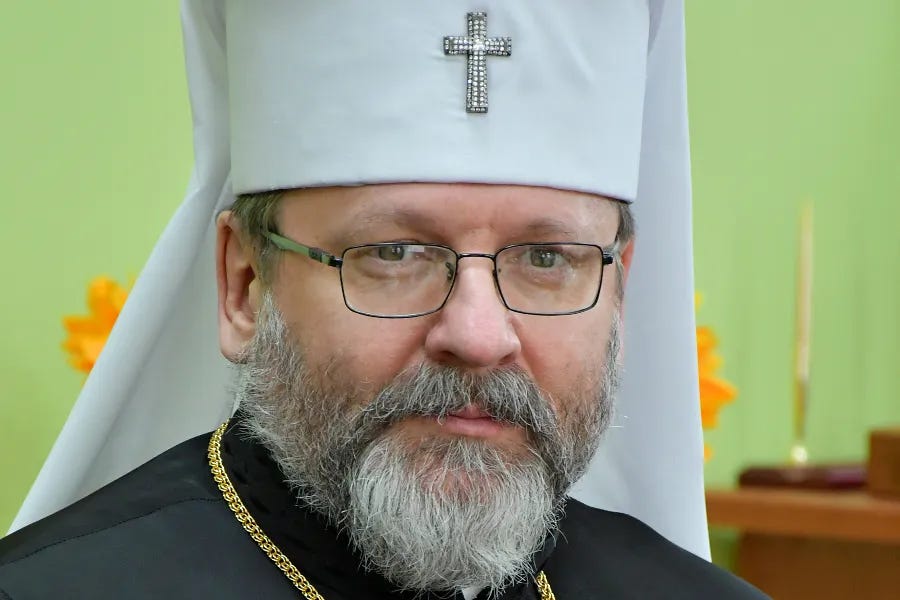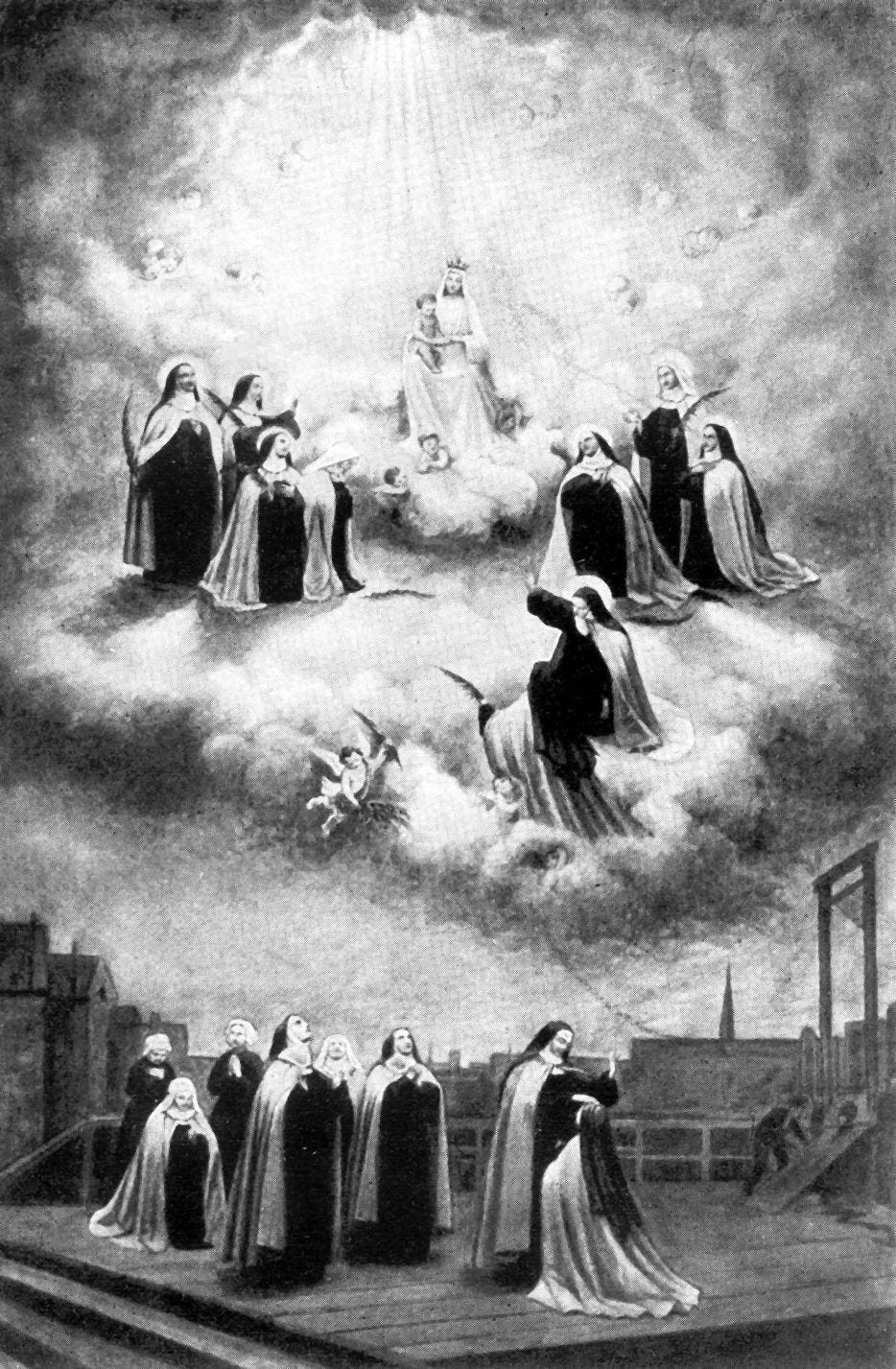
In the Catholic Church, November is traditionally a month associated with praying for the dead. The celebration of All Souls’ Day, visits to cemeteries, and indulgences for the faithful departed are all customs commonly undertaken during November.
But beyond praying for our dead friends and family members, is it possible to have a relationship with them? And what does that look like?
These are some of the questions explored by Leonard J. DeLorenzo in his new book, released this month, "Our Faithful Departed: Where They Are and Why It Matters."
DeLorenzo is the director of undergraduate studies at the McGrath Institute for Church Life. He teaches in the Notre Dame theology department and is academic director for Notre Dame Vision.
Charles Camosy spoke with DeLorenzo about his new book, the Catholic understanding of life after death, and ideas about rebuilding communion around those who are grieving.
Can you tell us something about the personal journey that led you to write a book like this?
I was really dissatisfied with my grandfather’s funeral nearly two decades ago. The well-intentioned minister gave us an image of Lou enjoying endless rounds of golf in heaven where every putt falls in. And yet, there was his body, stretched out and lifeless in that very room. It would have been easier and maybe in some way comforting to just imagine him like that picture the minister was painting, but I couldn’t do it.
Actually, I didn’t want to do it. I felt even then that I wanted both my grandfather’s life and his death to mean more than that. I suppose I was already beginning to formulate the questions of “where is he?” and “why does that matter?” Even before those questions is the even more haunting and serious question: “is he?”
Years later I discovered an intellectual frustration that matched the frustration of that day. In the Dogmatic Constitution on the Church (Lumen gentium) there is a beautiful passage toward the end of that document where we read that “the union of the wayfarers with the brothers and sisters who sleep in the peace of Christ is in no way interrupted.”
I felt the mental protest immediately: what is death if not a total interruption? That is what I felt at my grandfather’s funeral and at other times with the death of friends or loved ones––the pain of the total interruption. I wanted to work that out: what does it really mean for us, as Christians, to believe in communion that runs through death?
There is more to the story, but that hopefully gives you a sense of the personal sting and the intellectual thorn that spurred me into writing this book. It is really about breaking open Christian doctrine and seeing what this all means for the lives we actually live.
One of the questions I’ve had about these matters involves embodiedness, which I know plays an important role in your book.
If we have access to a relationship with our faithful departed now, are we saying they have resurrected bodies, even though the Last Day has not yet come?
If not, are we saying that human beings can exist without their bodies?
The short answer here is: no, the resurrection of the body has not yet occurred. It will not happen until the end of time. Only the Lord Jesus and his Blessed Mother in union with him have risen bodily. All the other members of the Body of Christ are waiting together for this final gift of grace.
The key here, I think, is that we are “waiting together”—the saints, the souls in purgatory, and us, who are still making our pilgrimage in this world. This is actually a profound and beautiful statement about the meaning of our bodies and the shape of salvation.
I give an account of this in the book, but let me try to give a sense of what I mean here. It begins with really asking the question: What is my body? My body is my contact with the world; it is the space of interaction, of relationship. It is with this body that I feel pain, that I know joy, that I am delighted and disappointed and wounded and healed. This is the body that my mother held, that friends have embraced. Through this body I have learned all the things I know. It is this body that I and others have cared for, and that I and others have, at times, mistreated.
So here is the hard thing for us to grasp, today more than ever: my body is not just me. I am tied up in the lives and histories, indeed the very bodies of others, as they are tied up in mine. The love and blessings that I have shared are a part of the lives of others, as are my sins and the consequences of my sins. This is likewise true for my faithful departed: my love and sins were a part of them, and theirs a part of me. The Lord’s judgment of me shall reckon with all of that, as will his healing and perfection of my body (God-willing). The same is true our faithful departed.
What we are talking about here is what is often called the “intermediate state”––the interval between a person’s death and the end of the world, when the resurrection of the dead (bodily resurrection) shall occur. If we assume that a person is just themselves by themselves, then imagining the resurrection of the body immediately upon death is not a problem: judgment takes place, they are raised, and now they are what they ever shall be in union with Christ. But if we rather believe that none of us is ourselves by ourselves, that we are inherently social creatures, that we are tied up in one another, then we cannot believe in resurrection at the moment of death.
Joseph Ratzinger (before he was pope) wrote about this extensively and even said in his book on eschatology that “History would be deprived of its seriousness if resurrection occurred at the moment of death.” What he means is that to sever the blessed dead from the ongoing drama of history would be to declare that, ultimately, history is at best tangential to their beatitude. But would a mother accept the fullness of joy so long as her children suffer and long for her? Would Mother Teresa go to her final rest in Christ while those in the dark holes whom she hastened to love day after day were still unwanted, unclaimed, unloved?
What I am saying is that Christian salvation is social and only ever social, and our bodies do not just end with us and are thus the instruments of our communion in and with others. (I could go on about the Blessed Mother here, but I’ll save that.)
So to the other part of your question, then: are we saying that human being exist without their bodies? My answer is: no. A living human being is only ever the union of body and soul. What does that mean for our faithful departed? They are awaiting wholeness, the re-union of their bodies and souls, even as they await re-union with us and with all the saints.
Even more, the saints in beatitude are, themselves, awaiting this re-union and wholeness. They await their bodies as they await us. The saints are indeed in communion with Christ already, but their share in that communion means that they are fully given over to the desire of Christ, who never ceases to hasten to poor sinners who need his mercy.
I like to say that the saints enjoy the “sweet unrest” of Christ to the end of the age. As with the Blessed Mother who never ceases to pray for us sinners now and at the hour of our death, to be a saint in beatitude now is to be completely given over to this mission in Christ. When we pray for our faithful departed, that they may be welcomed into the peace of Christ, we are also praying that they may be filled with the concern for our salvation. That would be the mark of their own forgiveness of sins: that they seek the good of others, completely. Or to put it another way, they long for the resurrection of their bodies within the whole Body of Christ.
Why else should the question “Where are our faithful departed?” matter to us?
Where is a strange idea when we are talking about death. On the one hand, we have to say the dead are nowhere. But in faith, we profess and pray that they may be with Christ, or even more biblically, in Christ. Here’s the rub: heaven is not a place; it is rather communion with Christ. He is the where. Without him, there is no “where”. I really want to help people understand what it means to be with Christ—in Christ—both now and at the hour of our death. We are only ever one with and in him.
This isn’t just an idea: it actually shapes how we live and what we hope for.
How is all of this connected to the Eucharist?
The Eucharist is where our longing, suffering, and hope rise to meet the love of God who comes to us. I’ve spent a lot of time contemplating the Prayer over the Offerings at Mass. This is the prayer prayed over the bread and wine taken up to the altar, before they become the Body and Blood of Christ. That offering is our offering, which becomes the Lord’s offering. It is a meeting of sacrifices: our small but not insignificant sacrifices, and the magnificent sacrifice of the Lord.
The saints in beatitude meet us there with their concern for our salvation, as we pray over the offerings on the Solemnity of All Saints. To that offering we bring our pleas that our faithful departed may be taken up into glory, as we pray on the Commemoration of All Souls. Christ responds to the offering of our prayers with the gift of himself, letting us taste the fulfillment of what we hope for. It is probably not enough to say that the Eucharist is the great “meeting place” of those who have otherwise been separated, but then again, the gift the Lord gives us is to make us one, as members of his Body. I want to help us reconsider and deepen what we bring to him on the altar, and help us to open ourselves more fully to what he brings to us in the gift he gives.
How can the Church better encourage communion with the dead?
Of course, I’ve got a lot to say about this since the whole book tends toward this end, but let me say just this: we need to build and rebuild cultures of communion. Too often those who grieve are left to figure out what to do with their grief when the pain of loss falls upon them. I have this image of lonely pilgrims, grieving mostly alone, trying to find their lost and unreachable loved ones.
We must change that image, and it begins with us, the faithful, taking up our call and responsibility to absorb pain and share love together. That means that those of us who do not grieve choose to grieve with those can’t help but grieve, including those outside the Church. It is important to do this on the individual level with those around us, but even more I am proposing ways that parishes and dioceses and families can develop practices and customs that build this culture of communion.
📰




